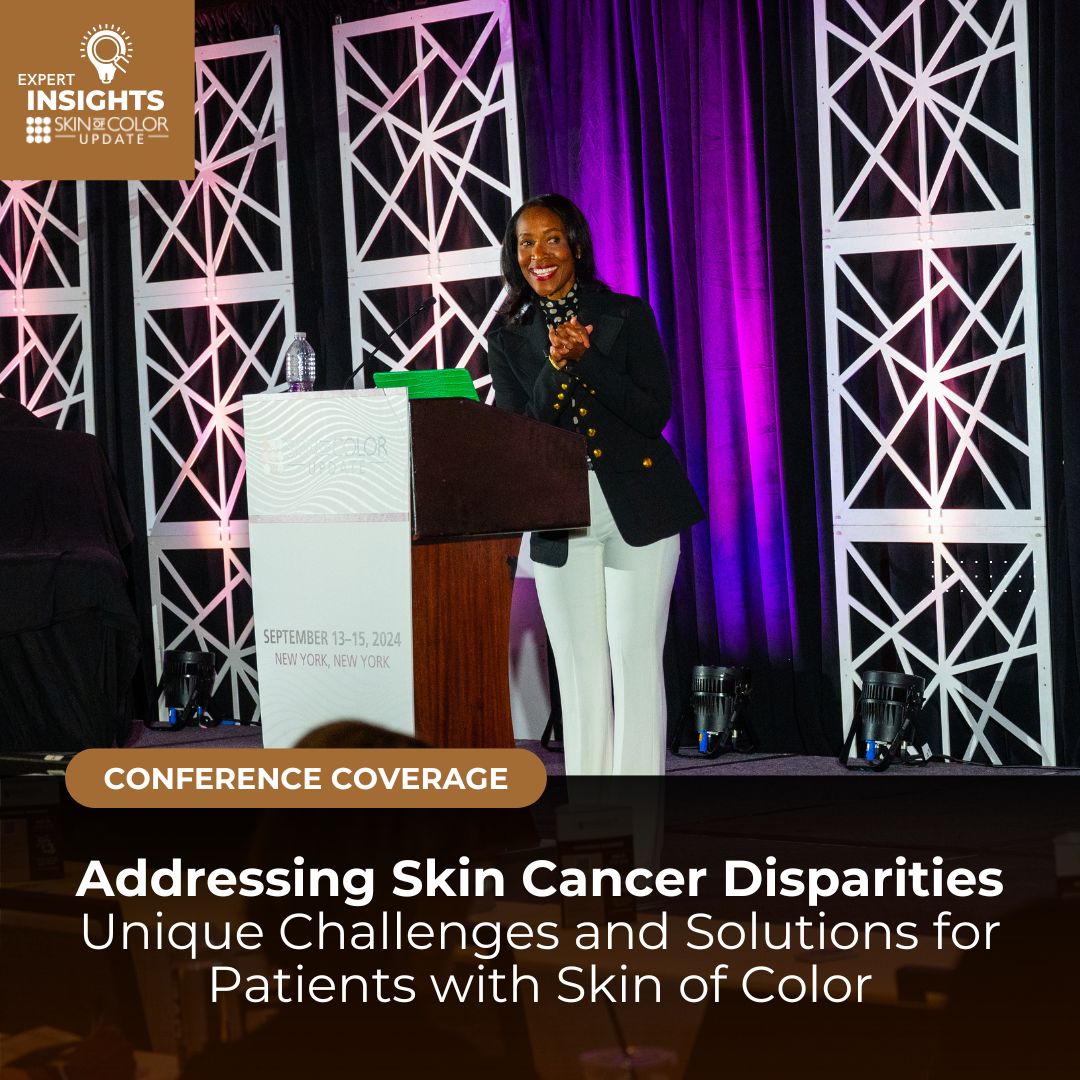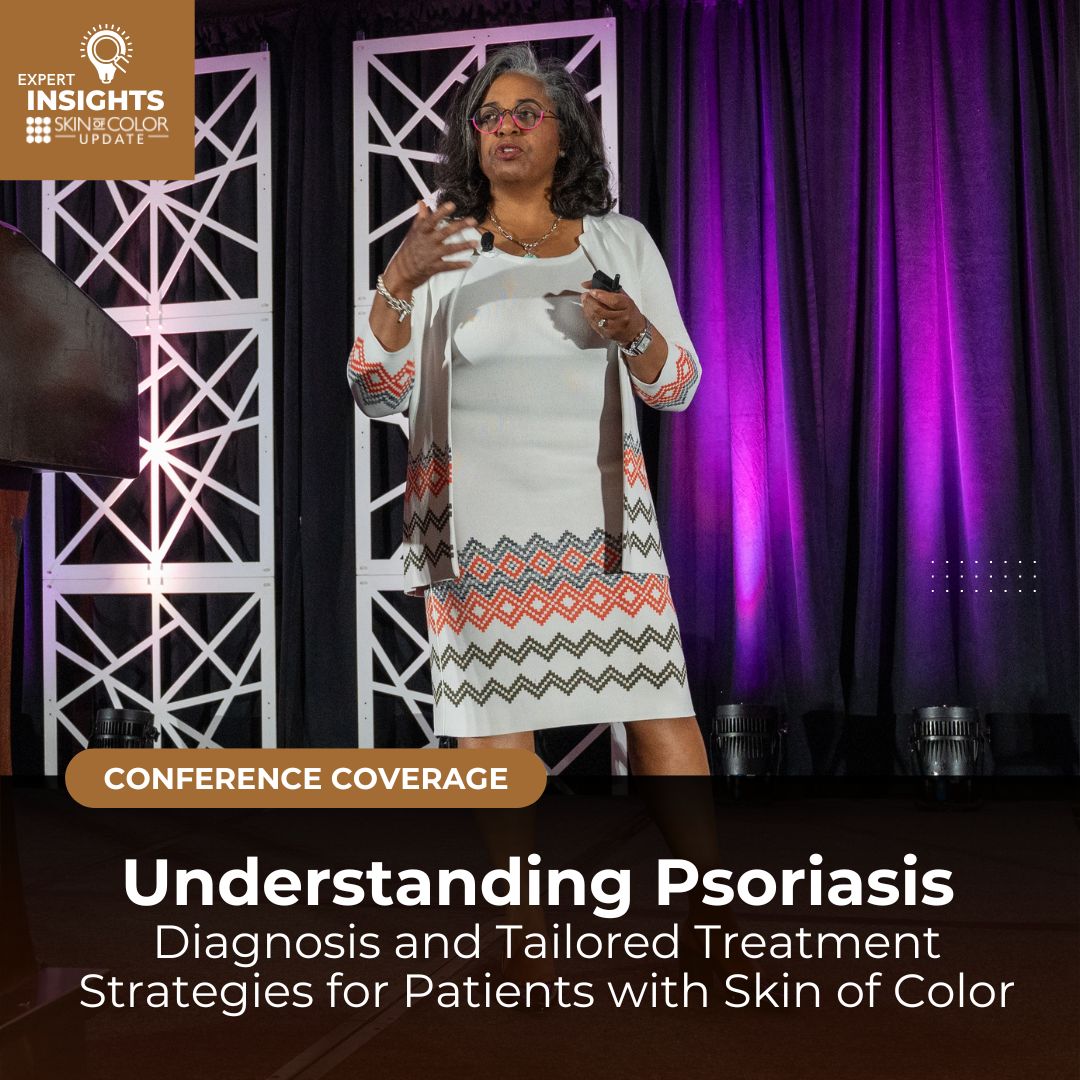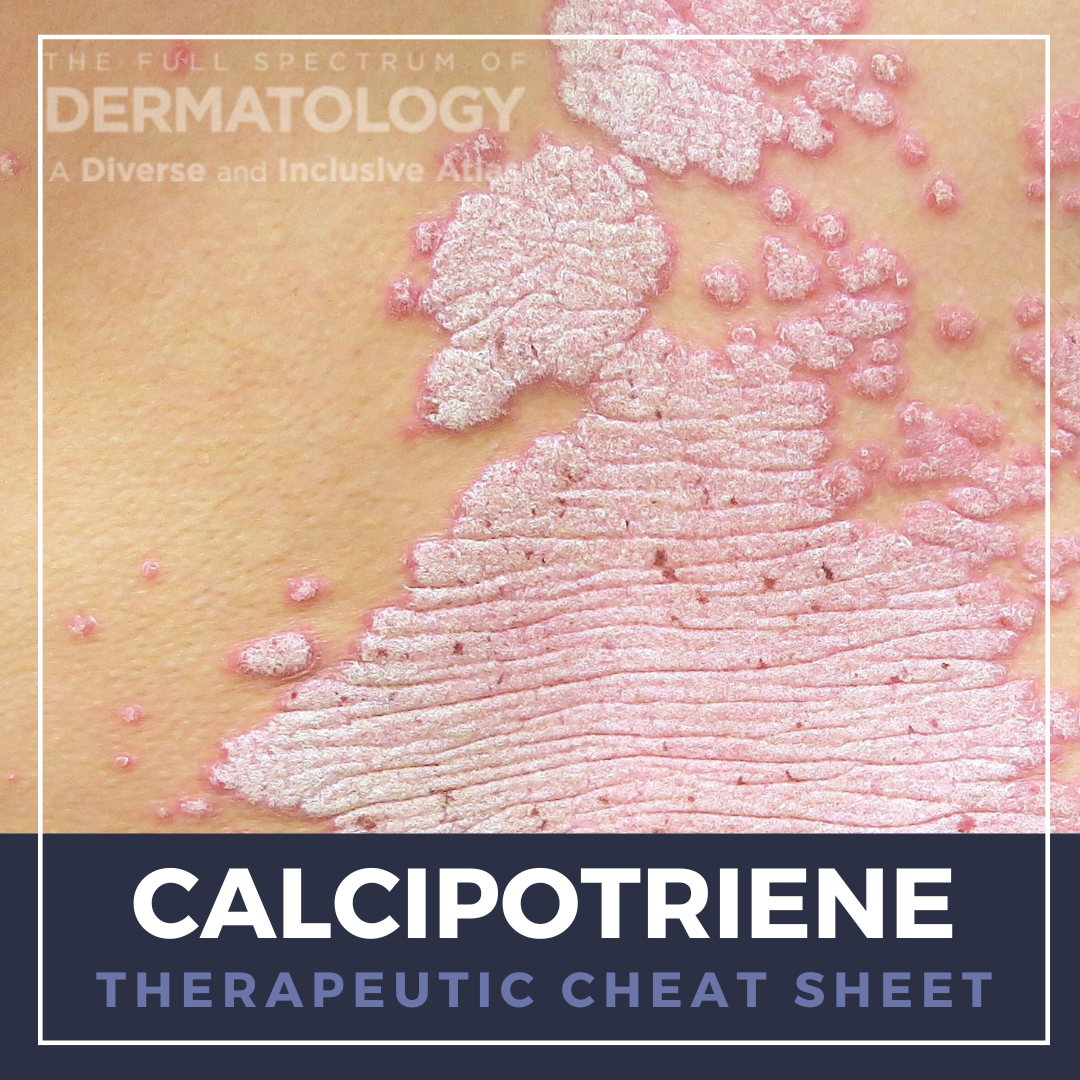Addressing Skin Cancer Disparities: Unique Challenges and Solutions for Patients with Skin of Color
 Dr. Valerie M. Harvey’s insightful presentation at the 2024 Skin of Color Update focused on the unique clinical and pathological features of basal cell carcinoma (BCC), squamous cell carcinoma (SCC), and melanoma in patients with skin of color. As the founder and clinical director of the Hampton Roads Center for Dermatology and a past president of the Skin of Color Society, Dr. Harvey brought he …
Dr. Valerie M. Harvey’s insightful presentation at the 2024 Skin of Color Update focused on the unique clinical and pathological features of basal cell carcinoma (BCC), squamous cell carcinoma (SCC), and melanoma in patients with skin of color. As the founder and clinical director of the Hampton Roads Center for Dermatology and a past president of the Skin of Color Society, Dr. Harvey brought he …
 Dr. Valerie M. Harvey’s insightful presentation at the 2024 Skin of Color Update focused on the unique clinical and pathological features of basal cell carcinoma (BCC), squamous cell carcinoma (SCC), and melanoma in patients with skin of color. As the founder and clinical director of the Hampton Roads Center for Dermatology and a past president of the Skin of Color Society, Dr. Harvey brought he …
Dr. Valerie M. Harvey’s insightful presentation at the 2024 Skin of Color Update focused on the unique clinical and pathological features of basal cell carcinoma (BCC), squamous cell carcinoma (SCC), and melanoma in patients with skin of color. As the founder and clinical director of the Hampton Roads Center for Dermatology and a past president of the Skin of Color Society, Dr. Harvey brought he … 

 Understanding the pathogenesis of vitiligo can help determine new treatment targets. Dr. John Harris, professor and chair of the dermatology department at UMass Chan Medical School, shared the latest advances in understanding what causes vitiligo in an interview with Next Steps in Derm, in partnership with Pigmentary Disorders Exchange Symposium. Watch as Dr. Harris explains the role of the immune …
Understanding the pathogenesis of vitiligo can help determine new treatment targets. Dr. John Harris, professor and chair of the dermatology department at UMass Chan Medical School, shared the latest advances in understanding what causes vitiligo in an interview with Next Steps in Derm, in partnership with Pigmentary Disorders Exchange Symposium. Watch as Dr. Harris explains the role of the immune …  Are you in need of inclusive and diverse images representing various skin tones for your lectures or presentations? We have you covered. Check out this “How To” tutorial for The Full Spectrum of Dermatology: A Diverse and Inclusive Atlas Online Gallery. This comprehensive resource features over 100 common skin conditions, showcasing royalty-free images that require no permission for non-commer …
Are you in need of inclusive and diverse images representing various skin tones for your lectures or presentations? We have you covered. Check out this “How To” tutorial for The Full Spectrum of Dermatology: A Diverse and Inclusive Atlas Online Gallery. This comprehensive resource features over 100 common skin conditions, showcasing royalty-free images that require no permission for non-commer …  At the 2024 Skin of Color Update conference, we had the privilege to learn about the approach to psoriasis in patients with skin of color from the pioneer in the field, Dr. Amy McMichael, professor in the Department of Dermatology at Wake Forest School of Medicine in Winston-Salem, NC. In her presentation, Dr. McMichael provided an in-depth exploration of the unique challenges and considerations i …
At the 2024 Skin of Color Update conference, we had the privilege to learn about the approach to psoriasis in patients with skin of color from the pioneer in the field, Dr. Amy McMichael, professor in the Department of Dermatology at Wake Forest School of Medicine in Winston-Salem, NC. In her presentation, Dr. McMichael provided an in-depth exploration of the unique challenges and considerations i …  Calcipotriene is a synthetic Vitamin D3 analogue with various functions, including promoting cellular differentiation and reducing inflammatory cytokines. The unique mechanism of action of calcipotriene has expanded its utility beyond psoriasis to off-label uses for other dermatologic conditions. Calcipotriene is well tolerated and can be used in conjunction with other treatment modalities. We con …
Calcipotriene is a synthetic Vitamin D3 analogue with various functions, including promoting cellular differentiation and reducing inflammatory cytokines. The unique mechanism of action of calcipotriene has expanded its utility beyond psoriasis to off-label uses for other dermatologic conditions. Calcipotriene is well tolerated and can be used in conjunction with other treatment modalities. We con …